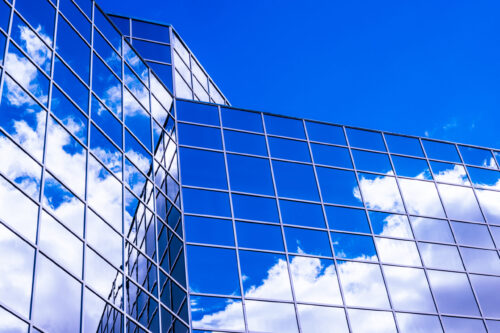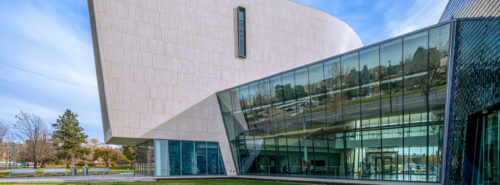Learn from the experts on COVID-19: Ask the NV5 engineering experts
Jerry Bauers and Steven A. Lipson provided expert advice to engineers and others involved in various technical aspects of engineering and designing building systems
Consulting-Specifying Engineer sat down virtually to ask engineers and building experts how coronavirus was affecting the technical and engineering aspects of their jobs. Hear from NV5 experts Jerry Bauers, PE, Vice President, Chicago and Steven A. Lipson, CIH, CSP, Vice President – Occupational Health, Safety & Environmental Services, Brandon, Fla.
Question: Have building owners or clients approached you to assist with changes or updates to their building to help protect against COVID-19?
Jerry Bauers and Steven A. Lipson: Owners have contacted us to assistance in cleaning and decontamination procedures. We have also been in discussions with health care clients regarding modification of existing spaces to expand COVID-19 treatment facilities.
Question: What test-and-balance or air balancing challenges have you encountered? What unique challenges are you solving?
Jerry Bauers and Steven A. Lipson: We are not a TAB service provider. However, the challenges that owners face today is both validation that existing isolation facilities are effective and expansion of isolation spaces to accommodate additional patient loads. The challenge of modifying existing spaces includes both air balancing modifications, verification of system capacities, potential limitation of isolation spaces based on capacity and consideration for base building heating and cooling generation and distribution capacities to ensure that environmental control of temperature and humidity can be maintained a safe and healthy levels.
A good reference for isolation of contaminates and capture is the Centers for Disease Control and Prevention/National Institutes of Health publication “Biosafety in Mocrobiological and Biomedical Laboratories, 5th Edition.” While not directly applicable to health care settings, the practices outlined in this guideline provide valuable information regarding risk assessment and good practices for personnel protection and environmental control for hazardous pathogens like the coronavirus.
Question: What advice would you offer for building owners to enhance indoor air quality or indoor environmental quality overall?
Jerry Bauers and Steven A. Lipson: First and foremost, use good practices for managing personnel protection and space cleanliness. Use enhanced cleaning procedures, focusing on “touch-surfaces.” With respect to air flow management and interior environment, since COVID-19 transmission is most likely by aerosolized particles, management of indoor environments (ventilation, air flow direction, pressurization) is the most effective system level response. Owners should consider the following types of modifications enlisting the support of qualified commissioning, retro-commissioning, TAB and engineering professionals as much as possible:
- Increasing outdoor air quantities within the limitation of system heating and cooling capacities,
- Development of air flow isolation through pressurization of individual spaces and
- Management of the scope of isolation space modifications within the limits of air flow capacities of the installed equipment.
Question: Describe a unique health care project in which COVID-19 patients might be treated. This might be a hospital with specialty infectious disease coverage.
Jerry Bauers and Steven A. Lipson: We are currently developing deep cleaning protocols for a variety of businesses from hotels/spas/gyms, to general office, to county facilities. We are also developing site health and safety plans and emergency contingency plans for our clients including essential manufacturing and agencies.
Question: What might other engineers/building professionals need to know when tackling COVID-19 projects?
Jerry Bauers and Steven A. Lipson: As a viral infection, isolation and capture of the virus is critical to managing the potential exposure to the disease. Understanding the mechanism of transmission and the reasonable environmental control strategies that are appropriate is essential.
Cleaning and disinfection procedures are critical to managing both the interior environment of health care and other spaces and cleanliness of equipment and components that may enter and exit the environment. To the extent that any equipment is used in the process of evaluating or modifying ventilation systems, appropriate cleaning and disinfection procedures should be used on these components prior to leaving containment areas.
Use of personnel protective gear at all times when potentially exposed to an active infectious site is critical as is training of your personnel in the donning, use and doffing and decontamination of that personal protective equipment is essential.
Finally, to the extent that you might be involved in environmental testing to determine the condition of the interior environment, verify that all testing procedures are scientifically valid and address the specific hazard posed by the environment, patient load, location and condition and the risk to personnel.
Do you have experience and expertise with the topics mentioned in this content? You should consider contributing to our CFE Media editorial team and getting the recognition you and your company deserve. Click here to start this process.






